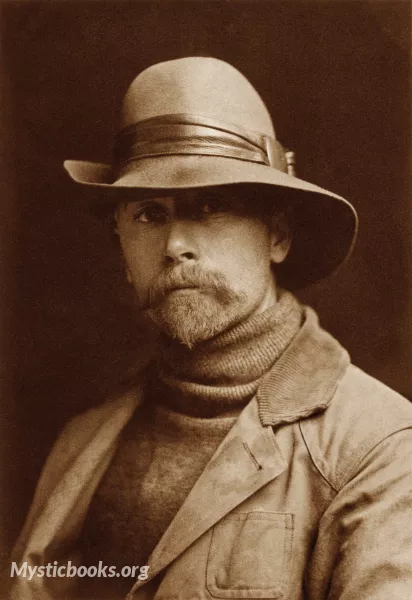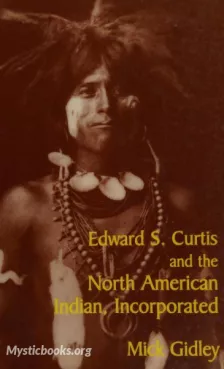
Timeline
Title
Country/Nationality
Edward Sherriff Curtis
Edward S. Curtis (February 19, 1868 – October 19, 1952) was an American photographer and ethnologist who is best known for his documentation of Native American culture in the early 20th century. His work is considered one of the most comprehensive and important records of Native American life before the widespread assimilation of Native peoples into American society.
Who was he?
Curtis was born in Whitewater, Wisconsin, in 1868. He was the son of a photographer, and he began taking photographs at an early age. Curtis moved to Seattle, Washington, in 1890, and he opened a photography studio.
What was his principles?
Curtis was a passionate advocate for Native American culture, and he believed that it was important to document it before it disappeared. He was also a skilled photographer, and he used his skills to create stunning images of Native American people and their way of life.
What was he famous for?
Curtis is most famous for his The North American Indian project, which was a 20-volume set of photographs and ethnographic text. The project was commissioned by J.P. Morgan, and it took Curtis 30 years to complete. The project is considered one of the most comprehensive and important records of Native American life before the widespread assimilation of Native peoples into American society.
Notable Works
- The North American Indian (1907–30): A 20-volume set of photographs and ethnographic text
- In the Land of the Headhunters (1915): A documentary film about the Kwakwaka'wakw people of British Columbia
- The Alaskan Eskimo (1927): A photographic essay about the Alaskan Eskimo people
Philosophy
Curtis was a passionate advocate for Native American culture, and he believed that it was important to document it before it disappeared. He was also a skilled photographer, and he used his skills to create stunning images of Native American people and their way of life.
Death and Legacy
Curtis died in Los Angeles, California, in 1952. He is remembered as one of the most important photographers of the 20th century, and his work is considered one of the most comprehensive and important records of Native American life before the widespread assimilation of Native peoples into American society.
How is he remembered?
Curtis is remembered as one of the most important photographers of the 20th century, and his work is considered one of the most comprehensive and important records of Native American life before the widespread assimilation of Native peoples into American society. His work has been exhibited in museums and galleries all over the world, and it has been used in numerous books and films about Native American culture.
Curtis's work is not without controversy. Some critics have accused him of romanticizing Native American culture and of failing to accurately portray the challenges that Native people faced at the time. However, Curtis's work remains an important historical document, and it provides a valuable glimpse into a way of life that is now largely gone.
Books by Edward Sherriff Curtis

The North American Indian, Volume 1
Embark on a mesmerizing journey into the heart of North America's indigenous cultures with "The North American Indian, Volume 1" by Edward S. Curtis. Unveil the captivating world of Native American tribes, their traditions, and their timeless stories...